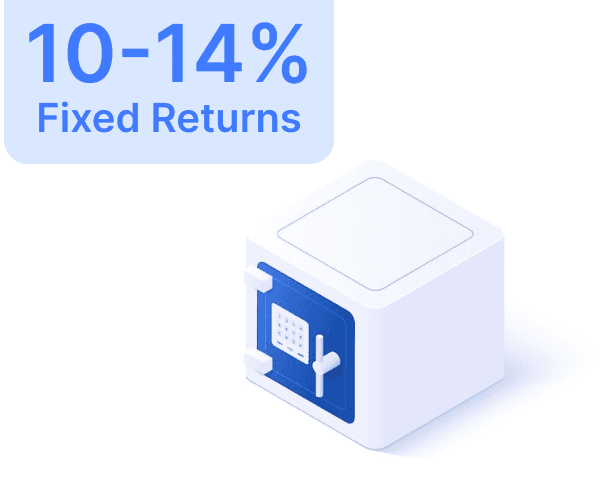How to Use Rolling Returns to Evaluate Mutual Funds



Point-to-point return gives a perspective of the return only for the two days under consideration. It should not be taken as a generalization of return. The rolling return gives a better perspective of the return.
Rolling return average is a better representation of the returns one can expect. Rolling returns are calculated by taking the NAV on a particular date and the NAV on the same date a certain number of years ago, and then calculating the return between those two NAVs.
By doing this for all the dates in a time series, we can get a time series of the rolling returns. The range of rolling returns can be calculated by finding the maximum and minimum values in the time series. Taking the average of the rolling returns gives an idea of the likely return.
When investing in a mutual fund, it's important to consider the historical rolling returns for the desired investment period to get a better understanding of the potential returns and risks. For equity funds, it is recommended to consider at least 5 years of rolling returns or higher. Rolling returns provide valuable insights and can help investors make more informed investment decisions.
Point-to-point return gives a perspective of the return only for the two days under consideration. It should not be taken as a generalization of return. The rolling return gives a better perspective of the return.
Rolling return average is a better representation of the returns one can expect. Rolling returns are calculated by taking the NAV on a particular date and the NAV on the same date a certain number of years ago, and then calculating the return between those two NAVs.
By doing this for all the dates in a time series, we can get a time series of the rolling returns. The range of rolling returns can be calculated by finding the maximum and minimum values in the time series. Taking the average of the rolling returns gives an idea of the likely return.
When investing in a mutual fund, it's important to consider the historical rolling returns for the desired investment period to get a better understanding of the potential returns and risks. For equity funds, it is recommended to consider at least 5 years of rolling returns or higher. Rolling returns provide valuable insights and can help investors make more informed investment decisions.
Point-to-point return gives a perspective of the return only for the two days under consideration. It should not be taken as a generalization of return. The rolling return gives a better perspective of the return.
Rolling return average is a better representation of the returns one can expect. Rolling returns are calculated by taking the NAV on a particular date and the NAV on the same date a certain number of years ago, and then calculating the return between those two NAVs.
By doing this for all the dates in a time series, we can get a time series of the rolling returns. The range of rolling returns can be calculated by finding the maximum and minimum values in the time series. Taking the average of the rolling returns gives an idea of the likely return.
When investing in a mutual fund, it's important to consider the historical rolling returns for the desired investment period to get a better understanding of the potential returns and risks. For equity funds, it is recommended to consider at least 5 years of rolling returns or higher. Rolling returns provide valuable insights and can help investors make more informed investment decisions.
Author

Harish Malhi
Read More 📖


Axis Bank Credit Card Net Banking
Axis Bank Credit Card Net Banking
August 5, 2024
August 5, 2024




PNB Fixed Deposit (FD) Interest Rates
PNB Fixed Deposit (FD) Interest Rates
August 5, 2024
August 5, 2024




Linking Aadhaar to Your Punjab National Bank Account
Linking Aadhaar to Your Punjab National Bank Account
August 5, 2024
August 5, 2024




PNB SIP Calculator
PNB SIP Calculator
August 5, 2024
August 5, 2024




How to Close a PNB Account Online & Offline?
How to Close a PNB Account Online & Offline?
August 5, 2024
August 5, 2024




TDS Refund - How to Claim TDS Refund
TDS Refund - How to Claim TDS Refund
August 5, 2024
August 5, 2024


View More




